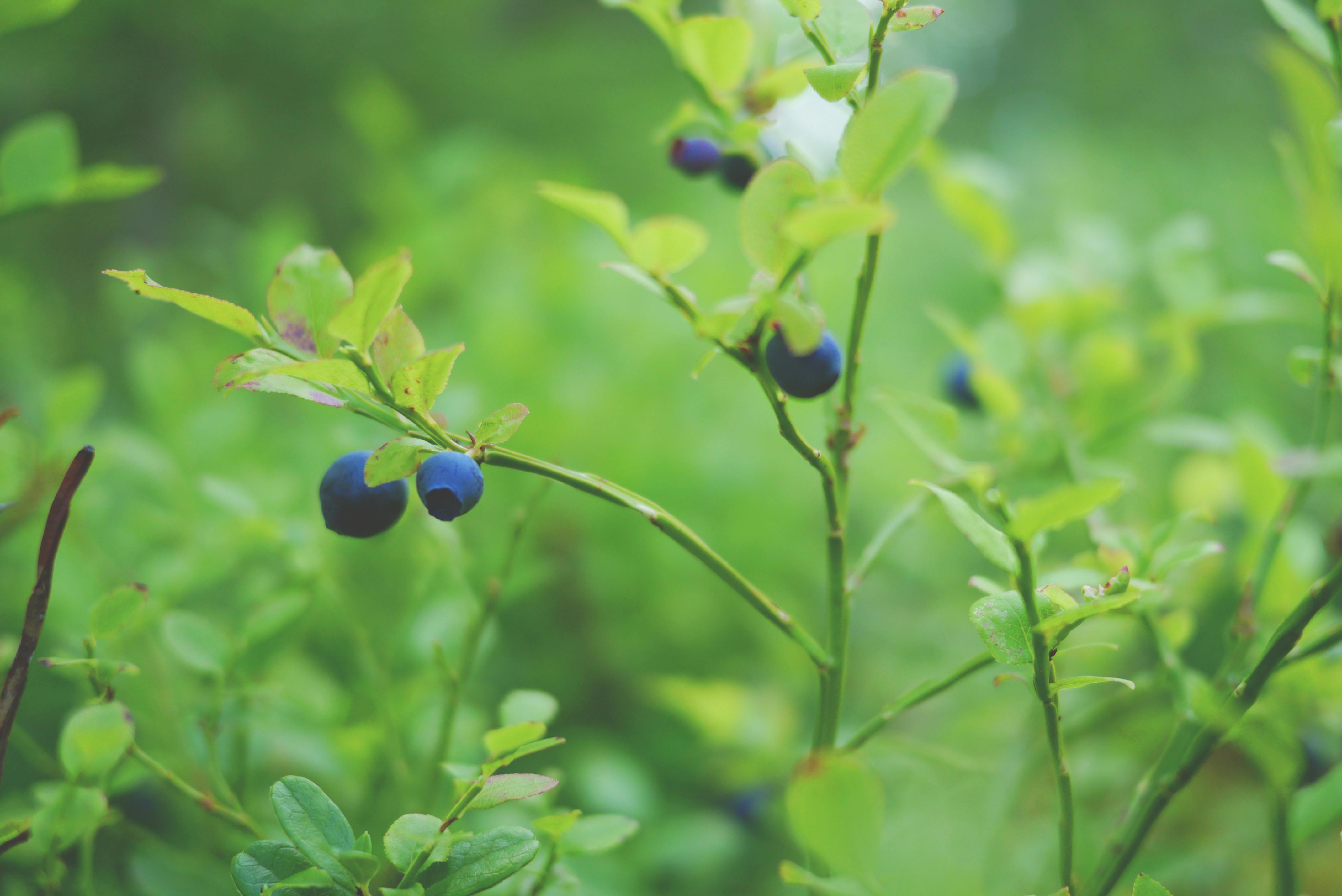Growing Your Own Groceries

Gardening has long been a favorite hobby, and for good reason. There is the obvious satisfaction of getting to enjoy the fruits of your labor, but that is just one of the many benefits gardening offers. The American Public Health Association encourages gardening as a way to stay healthy and shares that the risk of heart disease, stroke, high blood pressure and Type 2 diabetes can also be reduced by only two and a half hours of moderate activities such as this popular hobby. Being outside in the sunshine and fresh air can also boost your mood, reduce the risk of depression and gardening in particular is, very literally, a productive way to decrease stress.
Home gardens, even simple container plantings, are a good family hobby and offer a variety of educational benefits. Many kids don’t know where their foods come from; this is a simple and enjoyable way to teach kids, or yourself, methods and benefits of your own groceries.
Sun
Figure out what you might be able to grow successfully in the space you have available, whether it’s in the ground, in containers or even in hanging baskets. The first step in this process is figuring out how much sunlight you have available. Vegetables, herbs and fruit perform best in full sun, which is six or more hours of direct sun.
However, if you can place plants in at least a few hours of sun, you might be able to grow herbs and some vegetables successfully. Herbs that can grow in partial sun include basil, rosemary, chives, mint, parsley, catnip and germander. Vegetables grown for leaves and roots, such as kale, spinach, cabbage, celery, carrots, beets, leeks, potatoes, turnips, green onions, peas, and bush beans can be grown in part sun gardens. Fruiting vegetables such as tomatoes, eggplant, peppers, cucumber, squash and melon prefer full sun. Fruit trees and berries do best in full sun as well.
Soil
Providing good soil, adequate water and fertilizer are also key. Well-drained soil (soil that doesn’t hold water), rich with organic matter is best. For raised vegetable and herb beds, a mix of sphagnum moss, vermiculite and compost works well. For container gardens, consider our Good Earth brand Professional Growing Mix, which contains sphagnum moss, composted pine bark and perlite. For in ground planting of fruits, amend the soil in each planting hole with organic matter, maintaining a ratio of 70% native soil to 30% amendment. Customers who integrate our Jump Start at planting swear by it; the increase in root production due to strains of beneficial fungi called mycorrhizae results in a much stronger plant.
Water
Water as needed; different plants have different water needs but as a rule, growing edibles requires extra watering, especially in warm season crops. Fertilize appropriately. In recent years, much work has been done to figure out what nutrients plants need. And as with water, different plants have different needs. Espoma Garden-Tone works for many vegetable crops while Espoma Tomato-Tone is the go to for tomato gardening due to the extra calcium to prevent blossom end rot, among other features.
How about a blueberry?
Still not sure where to get started? If you have a sunny spot, plant some blueberries. They are pretty and pretty easy to grow! Plant a few different varieties of the same type (northern highbush for north Arkansas, southern highbush and rabbiteye for south Arkansas). Central Arkansas is a transition zone for all types, although we see our customers have more success with rabbiteye. Test soil pH before planting and adjust; blueberries grow best in the 4.8 to 5.4 range. Annual applications of an acidic fertilizer such as ammonium sulfate may be necessary to keep pH in range.
For complete information about growing blueberries in Arkansas, check out this post.
The Inside Dirt
Mint may look well behaved but when it gets happy, it’s a garden bully. We suggest planting in a container or spot where it can grow wild with abandon.
Herbs are basically tasty, useful weeds! Don’t give them too much love; they thrive on less fertilizer and water than many other edibles. And harvest frequently for best continued growth.
Even fruits that are self-pollinating, meaning that they do not need another to complete the pollination and therefore fruit production process, benefit from cross-pollination. A good example of this is blueberries.
The real inside dirt? You don’t have to remember all of this. The experts at The Good Earth Garden Center would love to be your resource, and offer a variety of blog post and information videos in our online Learning Center. We have both the knowledge and products you need to get growing!